Korean Radish and Daikon are very similar vegetables that can almost be used interchangeably in most recipes. In order to truly get the most out of your ingredients, it’s important to know the differences and similarities between the two!
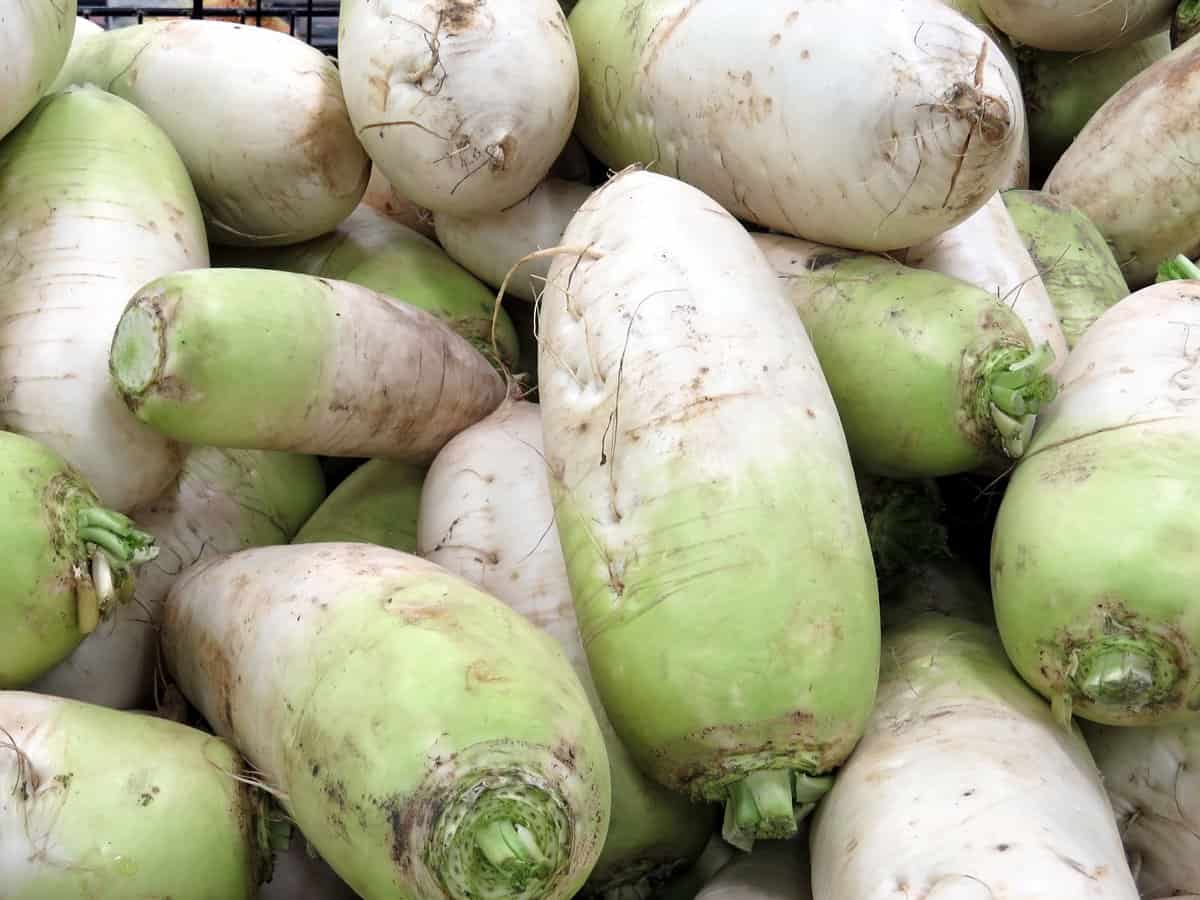
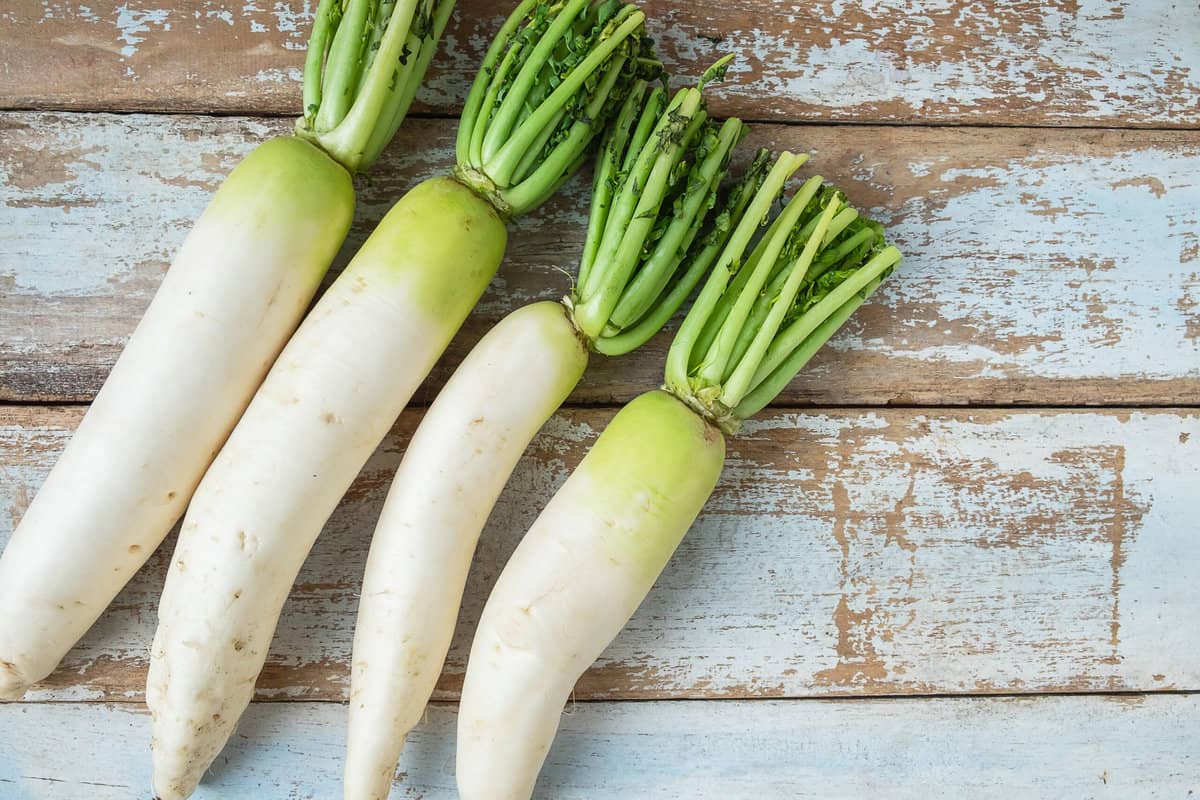
Korean Radish and Daikon, a Chinese radish, are very similar in their taste and appearance and may be the best substitutes for each other. But for the best result in your favorite recipe, it is very important to know the differences.
Both are delicious, healthy vegetables that add an excellent crunch and peppery spice to a dish, and many view them as interchangeable in many Asian dishes.
Korean Radish and Daikon Radishes are both radishes at heart. If you love the interest that a typical red radish adds to a meal, you’re sure to enjoy Daikon and Korean Radishes as well.
As far as similarities, both are naturally white, which can add some lovely contrast to a dish once they are sliced. They also both offer an excellent crunchy texture when raw for the perfect amount of texture in your salad or wrap.
What is even more important than the similarities between these two radishes is the differences. It’s the small, subtle differences that will ensure you have just the right radish for your dish.
Origins
There are many varieties of Daikon, or winter radish, which have been grown in China for hundreds of years. Today the biggest producer of raw Daikon is Japan, so it can also be considered a Japanese radish.
While Daikon has been growing in China for hundreds of years, Korean Radishes have a history going back thousands of years.
Korean Radishes, also called Mu, are grown, as the name suggests, in Korea, where they are native plants. They are most popular for their use in kimchi and have become one of the most popular crops in Korea. Millions of tons are produced each year and distributed across Asian countries, Europe and North America, so they are typically easy to find in Asian markets.
Appearance
Korean Radishes and Daikon look very similar when chopped up in a recipe, but out of the ground, they have a very different appearance. Neither looks like the red, regular radish you might easily identify at your local grocery store. They are distinctly white radishes.
Korean Radishes are short and thick–though not as thick as white turnips. They are mostly white with a slightly green color toward the top.
Korean Radishes are hearty and hard. They are so thick that they are able to retain some of their crunches even when cooked.
Daikon is much longer and shaped more like a large white carrot. This long white root vegetable can be anywhere from a few inches to 24 inches in length, making them one of the largest varieties of radishes.
Daikon is also softer than Korean Radishes, even to the touch, and will soften further when cooked.
Taste
Korean Radishes and Daikon both have a similar flavor of pepper with a hint of sweetness, but there is a subtle difference in their spicy taste.
Daikon are slightly sweeter than mu radish and are used in recipes that highlight that sweetness. They have a milder taste than Korean Radishes.
The Korean variety is recognized more for its peppery, spicy flavor, while the sweetness is secondary. Their stronger flavor and crisp texture are more notable than Daikon. Cooking Korean Radishes can reduce some of their peppery flavor.
Korean Radishes are a popular addition to Korean cuisine because they hold onto their crispy texture even when cooked.
Uses
There are so many ways to use both Korean Radishes and Daikon, especially for culinary uses. Both are a popular addition to various dishes like salads, sandwiches, wraps, and soups and can also be enjoyed as a crunchy snack. Grated radish is often used for kimchi, which is pickled radish often served with Asian cuisine.
Both of these radishes are considered a versatile vegetables, known for their health benefits. Experts believe Korean Radish and Daikon can help with improving gut health and digestion, healing skin problems, and fighting infections.
- Improving Digestion: Radishes contain protein, and carbohydrates, and are high in fiber which can help you feel full longer and improve gut health over time. They are a great addition to a weight-loss plan.
- Boosted Immune System: Both of these radishes contain a high amount of vitamin C which can help boost a person’s immune system naturally. They also can help fight off fungal infections.
- Skin Benefits: These radishes also contain folate and many great antioxidants that can help increase circulation, prevent wrinkles and make your skin look healthier and more vibrant.
- Fighting Infections: Korean and Chinese radishes have calcium, vitamin C, and other antioxidants that can help prevent cancer and other diseases.
FAQs
Radish leaves are used as often as cabbage in Korean cuisine and have as much nutritional value as the root itself. They can be fried, dried, or used in tea and are completely safe to consume.
Pickled radish is healthy as long as it is consumed in small portions. In terms of nutritional value, some experts will argue that pickling liquid is unhealthy, but it is fine in moderation.
Radish on its own is full of good bacteria, calcium, vitamin C, fiber, and folates. These benefits are only increased by pickling.
In general, radishes are good for improving digestion, protecting against infections, and promoting beautiful skin and hair. They are a great low-calorie food that is high in nutritional value.
It is safe to eat the skin on both Korean radishes and Daikon. For slicing and dicing into a salad, sandwich, or wrap, they may not be peeled. Some recipes like kimchi call for the radish to be peeled.



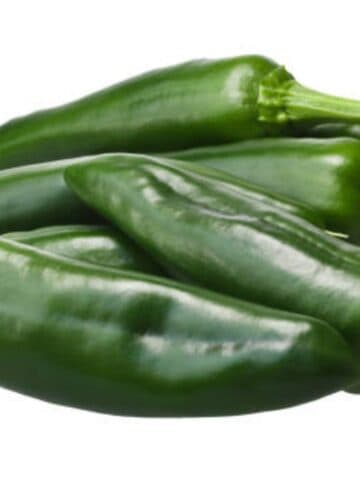
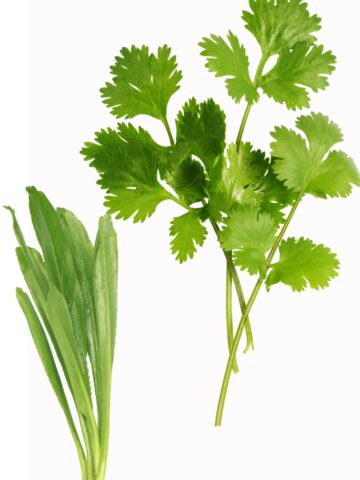
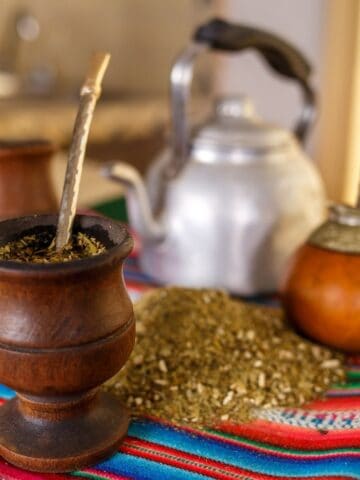
Leave a Reply